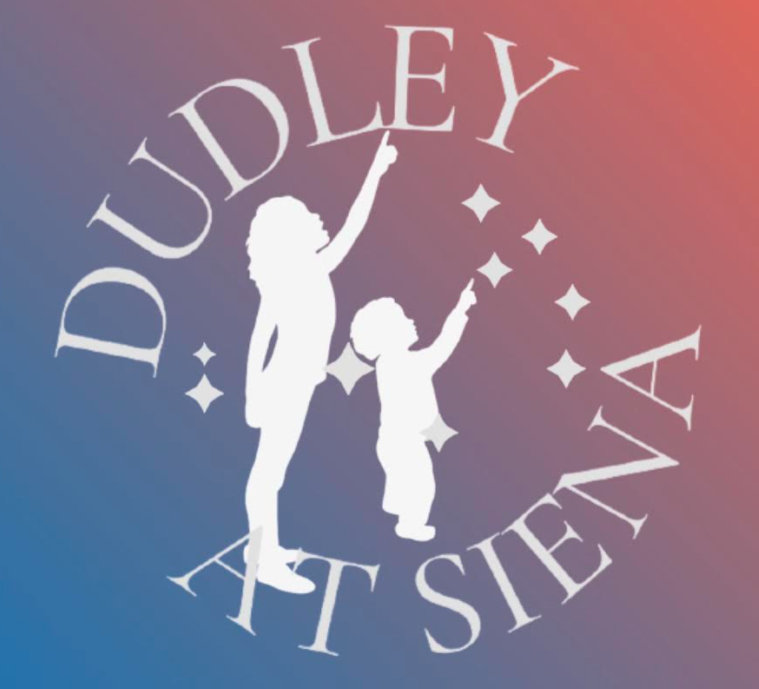Skywatch Line for Friday, October 24, through Sunday, October 26, written by Sam Salem
This is Dudley Observatory’s Skywatch Line for Friday, October 24, through Sunday, October 26, written by Sam Salem.
On Friday, Sun rises at 7:20am and sets at 5:58pm; Moon rises at 10:39am and sets at 7:16pm.
The Moon will reach apogee, its farthest distance from Earth in its elliptical orbit, on Friday, when it’s 252,552 miles away.
Shortly after sunset on Friday, watch the thin waxing crescent Moon hanging next to Antares, the brightest star in the constellation Scorpius, in the west after sunset. Try catching them about 40 minutes after sunset, when they are low in the southwest. The Moon passes 0.5° south of Antares around 9 pm. However, the pair sets an hour and a half earlier.
On Sunday evening, the waxing crescent Moon will move through the Teapot asterism of Sagittaruis. The waxing crescent Moon hangs low in the southwest just after nightfall, floating atop the spout of the Teapot.
Mercury, magnitude –0.2, and Mars, magnitude +1.5, remain very low in the bright afterglow of sunset. You’ll need optical aid to be able to view them.
Venus, magnitude –3.9, rises due east around the beginning of dawn.
Jupiter, magnitude –2.2 in the constellation Gemini, rises by midnight. It dominates the east, then the southeast, as the early-morning hours proceed. Castor and Pollux shine upper left of it. By the beginning of dawn, the three are very high in the south. Watch Procyon, the brightest star in the constellation Canis Minor, below them. Constellation Orion stands upright farther to their lower right.
Saturn, magnitude +0.8, is the brightest dot in the east-southeast at nightfall. It’s getting higher every week. The Great Square of Pegasus sits upper left of Saturn early in the evening and straight above it by the time Saturn transits the meridian, around 11pm.
Auriga the Charioteer is a popular constellation in autumn. Capella, the brightest star in Auriga, flashes red, blue, and green when it’s close to the horizon and seen through a thick layer of Earth’s atmosphere. Close to Capella are a pair of stars known as The Kids, baby goats that the Charioteer carries. Auriga houses three-star clusters, easy to watch with binoculars. In a dark sky, using binoculars, you can spot some easy-to-see star clusters within Auriga. The Messier objects M36, M37, and M38, fall nearly in a line, with M36 in the middle. M36, or the Pinwheel Cluster, looks similar to the Pleiades. M37 is the brightest and largest of the three clusters and lies opposite the Milky Way’s galactic center. It’s still in the plane of our galaxy but looking out to its fringes. M38, or the Starfish Cluster, looks like an X or the Greek letter Pi.
Auriga is a circumpolar constellation, close enough to the North Star. In the northern U.S. and Canada, and similar latitudes, you can see all or part of the constellation on any night of the year.
